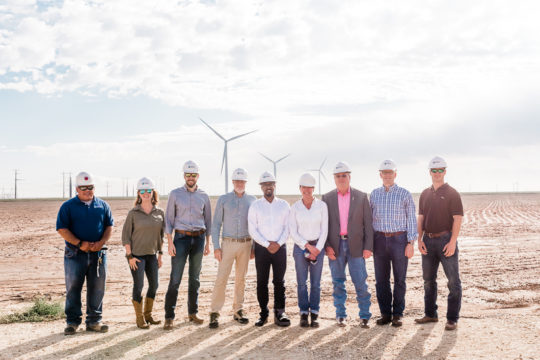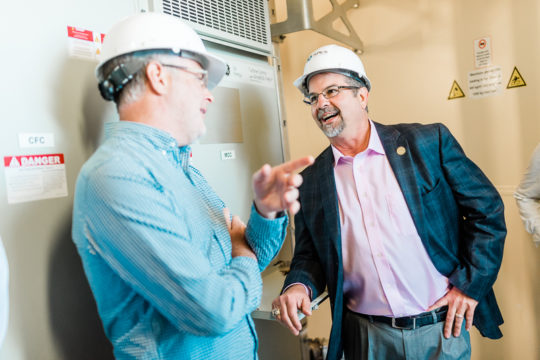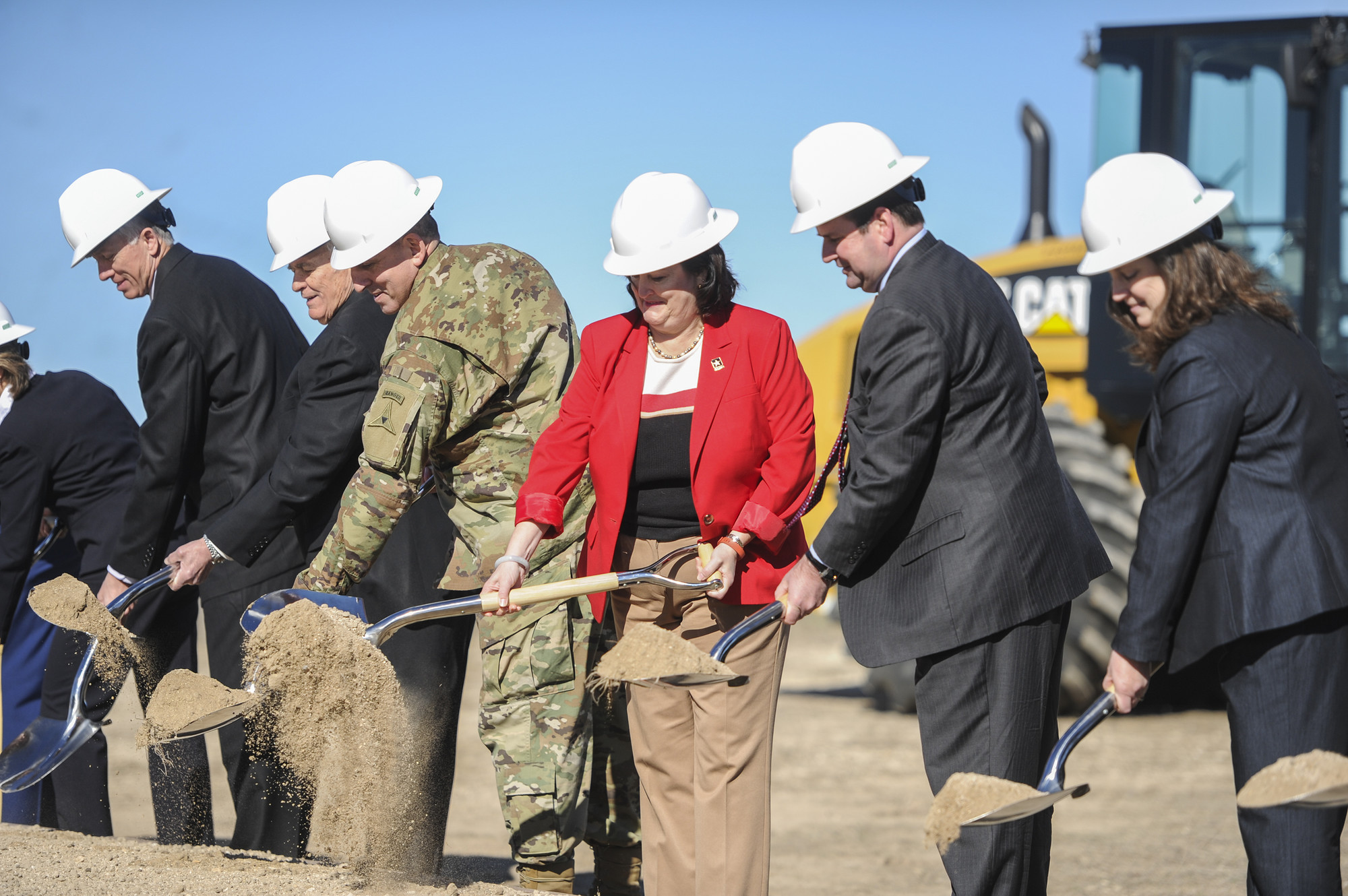Renewable Energy, the Texas Way
The Lone Star State continues to dominate the new energy economy.
Texas has long been the energy epicenter of the United States.
The Lone Star State produces more crude oil, natural gas, and lignite coal than any other state in the nation—but in recent years, Texas has blazed the trail for the country’s new energy economy.
While this might seem surprising, this transition is both intentional and one decades in the making.
Today, Texas ranks first in U.S. wind energy capacity and fifth in solar energy production. Across the globe, only five countries produce more wind power than this state of 28 million people does alone.
A strong wind and solar resource, a deregulated market, and a supportive “all of the above” energy policy have laid the foundation for Texas’s rapid rise to global renewable prominence.
For the wind and solar industries, state policies can often make or break projects—and for Apex, in Texas, strong policy begins with boots-on-the-ground education and advocacy.

Touring Steel Skyscrapers in Rural Texas
On a warm, breezy, and mostly sunny autumn morning in the Texas Panhandle, several state policymakers toured the Cotton Plains Wind facility near Lubbock with a team from Apex Clean Energy.
From the glass-walled conference room of the wind farm’s operations and maintenance building, the landscape, peppered with wheeling motion, is not such an unusual sight in a state boasting more than 21 GW of wind.

But for visitors Senator Charles Perry of Texas’s 28th District, Commissioner Shelly Botkin of the Public Utility Commission (PUC) of Texas, and Floyd County Judge Marty Lucke, learning about Cotton Plains Wind and the Texas power industry from inside the base of a turbine offered quite a different perspective. When several tour participants climbed the 90-meter tower, the spectacular 360-degree view of Texan ranchland served as a quiet reminder of the families who have enhanced the financial resiliency of their farms thanks to revenue from hosting wind turbines.
From 300 feet up, the $90 million in lease payments received by Texas landowners in 2017 and the trickle-down impact of state policy decisions feel a bit more tangible.
Attracting the Next Wave of Energy Buyers
Unlike in scores of other states, Texas has long walked the walk on accelerating development of renewable energy through decades of strong and progressive policy decisions.
With those acts, Texas has grasped a large share of the flourishing corporate procurement market. Powerhouses like Google, Walmart, and Microsoft have invested heavily in renewable assets across the state to offset their operations.
The list of Fortune 500 companies basing location decisions for their next datacenter or even headquarters on access to renewable energy grows by the week. But demand from nontraditional energy buyers extends well beyond corporates.
In Killeen, Fort Hood, the Army’s largest active-duty armored post, is drawing power from the hybrid Cotton Plains Wind and Phantom Solar facilities developed and operated by Apex. The complementary resources will save U.S. taxpayers $168 million over the life of the project—a cost reduction that’s attracting other nontraditional purchasers like municipalities and universities.
Staying the Course on Renewable Policies
In Texas, the path to the new energy economy—and its myriad benefits—is straightforward.
For Texas legislators, much of today’s work lies in continuing to cultivate the state’s competitive advantage by maintaining previously enacted energy policies.
That task is both easier said than done and of ever-increasing importance. Opposition, disconnected from on-the-ground realities, rally around red herrings and threaten to throw the state off its charted course.
Maintaining the state’s rapid growth begins first and foremost with preserving incentive programs that ensure new renewable energy projects are developed, in turn creating new tax revenue for communities and schools.
In 2017, local government revenue from renewable facilities totaled more than $210 million. Renewing the Chapter 312 and 313 tax programs will ensure those rural communities continue to realize that economic stimulus.
Also vital is maintaining the state’s competitive electricity market design within the Electric Reliability Council of Texas (ERCOT) territory. ERCOT’s market structure results in the most competitive price for electricity and drives the retirement of older, less efficient generating facilities in favor of more efficient, less expensive facilities. If needed, the PUC of Texas and the ERCOT Board have the tools to inject additional reliability into the market. This market structure, meticulously designed by planners and policymakers in the capitol under the leadership of Governors George W. Bush and Rick Perry, clearly benefits the state’s consumers and increases its economic competitiveness.
Through decades of strong and progressive policy decisions, Texas has grasped a large share of the flourishing corporate procurement market.
For Texas, the challenge now is simply to stay the course. Policies that increase the cost or regulatory burden of developing wind and solar projects would harm the state’s momentum. As Texas continues to expand—both in terms of its economy and its population—the strength of the renewable energy sector is more important than ever.
Fortunately, the path forward is clear, optimistic, and a win-win for all. Continued growth of wind and solar undoubtedly benefits the grid, electricity consumers, corporate purchasers, rural landowners, and the thriving economy of the Lone Star State.



